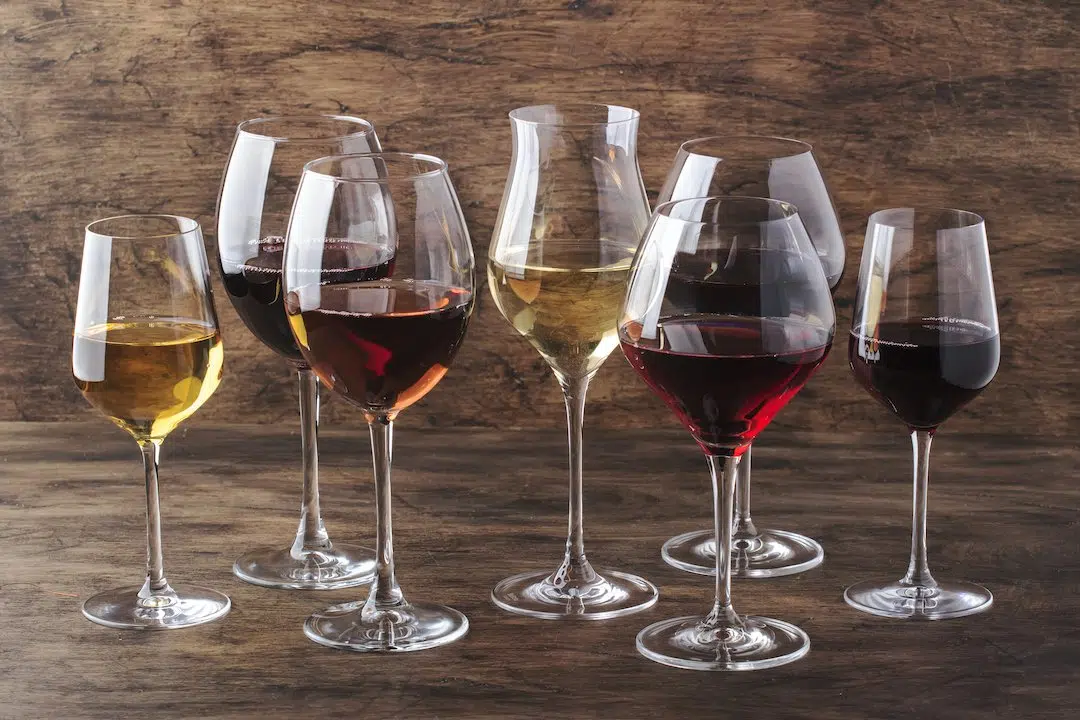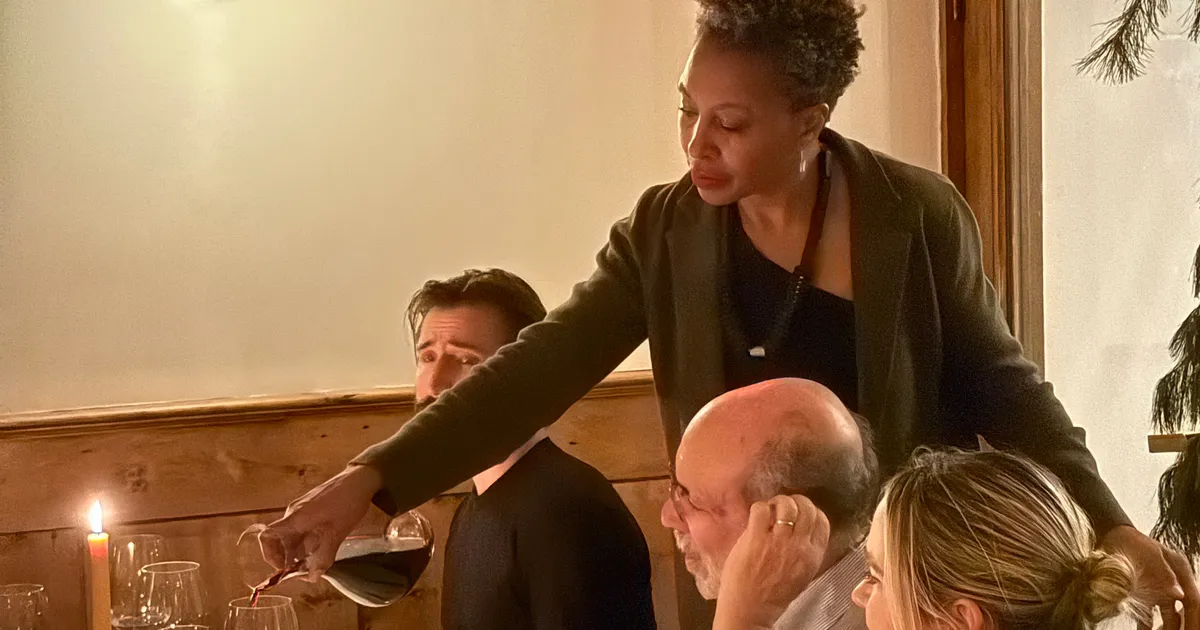The age-old question of whether wine glass shapes truly impact your drinking experience has a definitive answer: absolutely. What might seem like marketing hype is actually rooted in solid science and centuries of winemaking tradition. The shape of your wine glass fundamentally alters how aromas concentrate, how wine enters your mouth, and even how it feels on your tongue.
This isn’t just about aesthetics or pretentious wine culture—it’s about unlocking the full potential of every bottle you open. From the way vapors reach your nose to the specific areas of your palate that first encounter the wine, the glass shape creates measurably different tasting experiences. Understanding these differences can transform casual wine drinkers into more discerning enthusiasts, making every glass more enjoyable and revealing hidden complexities in familiar wines.
The Science of Aroma and Glass Shape
The most significant impact of glass shape lies in how it affects the wine’s aromatic profile. A wine’s aroma accounts for approximately 80% of the tasting experience, making the glass’s ability to concentrate and direct these scents crucial. The bowl shape determines how much surface area wine has to interact with oxygen, while the rim controls how aromas reach your nose.
Wide bowls provide more surface area for wine to coat when swirled, exposing more wine to air and allowing volatile organic compounds to release their bouquet. Meanwhile, a tapered rim focuses these concentrated aromas toward your nose while pushing overpowering ethanol hints toward the outer edges. This combination creates a more pleasant and nuanced aromatic experience.
Research has demonstrated that egg-shaped glasses produce higher intensity and complexity of wine odors compared to tulip or beaker shapes, likely due to superior odor trapping capabilities. This scientific finding validates what sommeliers have long claimed about the importance of proper glassware.
How Glass Shape Affects Taste and Mouthfeel

Beyond aroma, glass shape directly influences how wine tastes by changing your drinking mechanics. The rim width determines your head position while sipping—wide-rimmed glasses require tilting your head forward, while narrow glasses make you tilt back. This seemingly minor difference dramatically affects which parts of your tongue encounter the wine first and at what speed.
When drinking from a large-bowled glass, wine washes over your entire tongue, hitting all taste buds simultaneously and creating a rich, heavy mouthfeel. Conversely, narrow tulip-shaped glasses direct wine closer to the tongue’s middle, naturally hastening swallowing while emphasizing tannin and body sensations. This explains why Pinot Noir glasses feature wider bowls to enhance delicate, light characteristics, while Cabernet Sauvignon glasses use narrower shapes to emphasize strength and structure.
Varietal-Specific Glass Design
Different wine styles benefit from specifically designed glasses that complement their unique characteristics. Red wines generally require larger bowls to allow proper aeration and aroma development, with the shape varying based on the wine’s body and tannin structure. Lighter reds like Pinot Noir perform best in wider, more rounded bowls that enhance their delicate aromatics, while full-bodied wines like Cabernet Sauvignon benefit from taller, more tapered designs that concentrate their robust flavors.
White wines typically require smaller, narrower glasses that preserve their crisp, delicate characteristics and prevent the wine from warming too quickly. The reduced surface area maintains the wine’s fresh, bright qualities while still allowing subtle aromatics to develop.
Practical Considerations for Wine Enthusiasts
While specialized glasses can enhance specific wines, quality universal glasses offer excellent performance across multiple varietals. The Gabriel-Glas StandArt and Riedel Veritas lines exemplify well-designed universal options that work effectively with both red and white wines.
For those building their first collection, investing in one high-quality universal glass provides better value than multiple specialized options. As your palate develops and wine knowledge grows, adding varietal-specific glasses becomes more worthwhile.
The difference in glass shape makes it real and measurable, transforming good wines into exceptional experiences through proper aroma concentration and optimal wine delivery to your palate.


